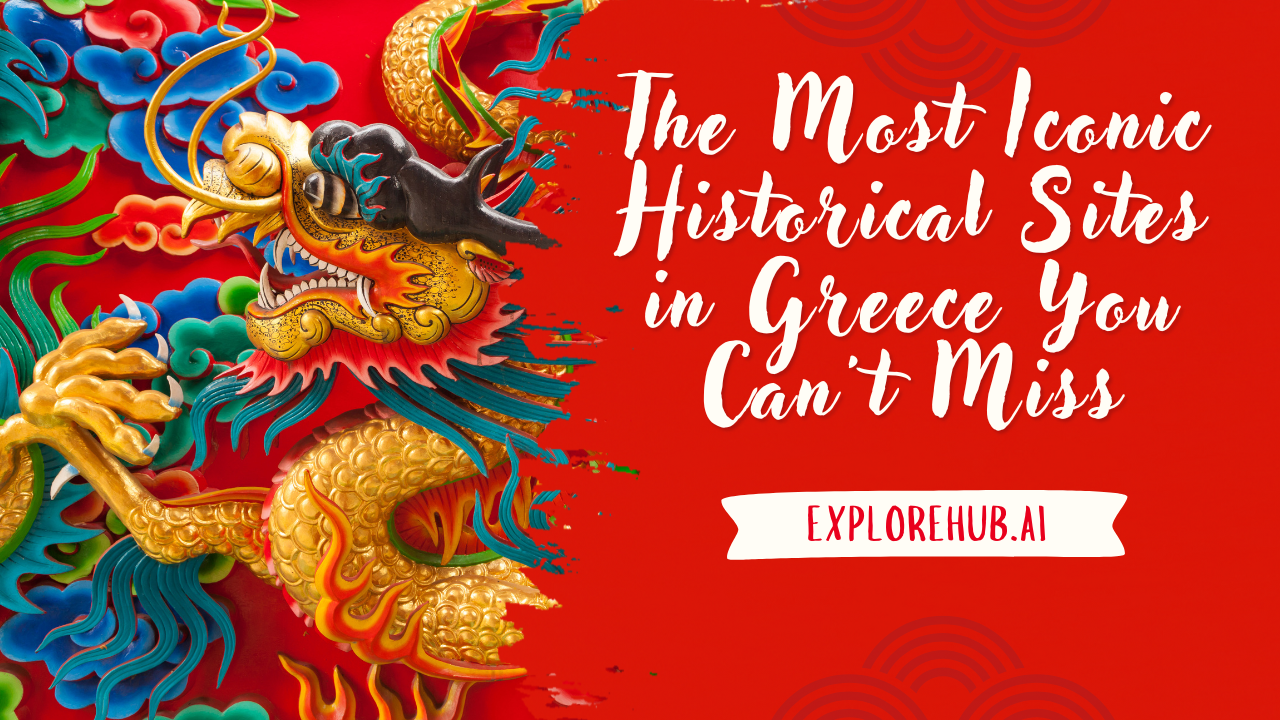Greece, the cradle of Western civilization, is home to some of the most remarkable historical sites in the world. From ancient temples to legendary battlefields, every corner of this country tells a story of gods, heroes, and philosophers. Whether you’re a history buff or just someone looking to explore the wonders of antiquity, these iconic sites should be at the top of your list.
Table of Contents
The Acropolis of Athens
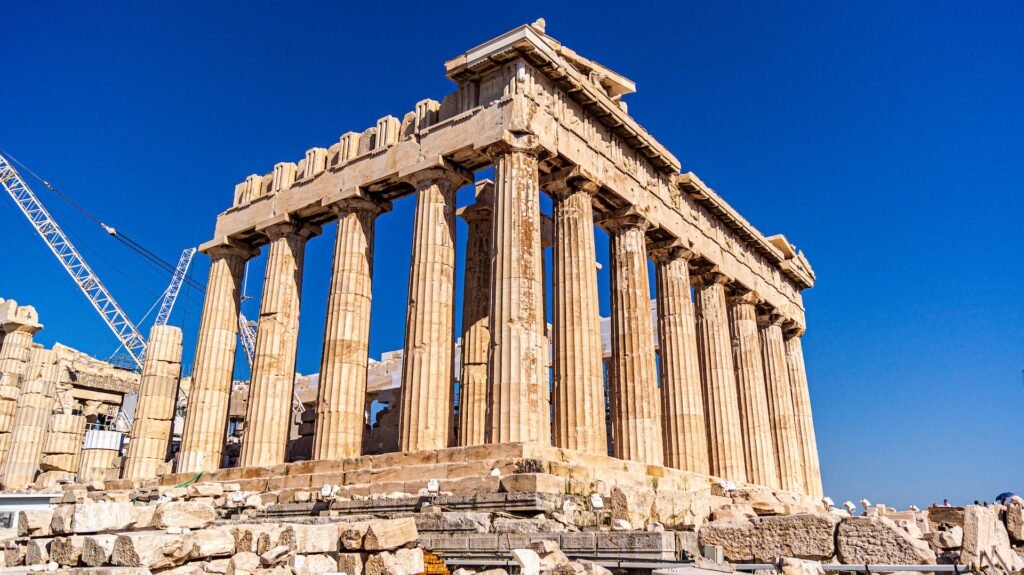
No visit to Greece is complete without experiencing the grandeur of the Acropolis. Towering above Athens, this UNESCO-listed site houses the magnificent Parthenon, a temple dedicated to Athena, the city’s patron goddess. Other highlights include the Erechtheion and the Temple of Athena Nike, each with its own fascinating architectural features.
Delphi: The Oracle of Apollo
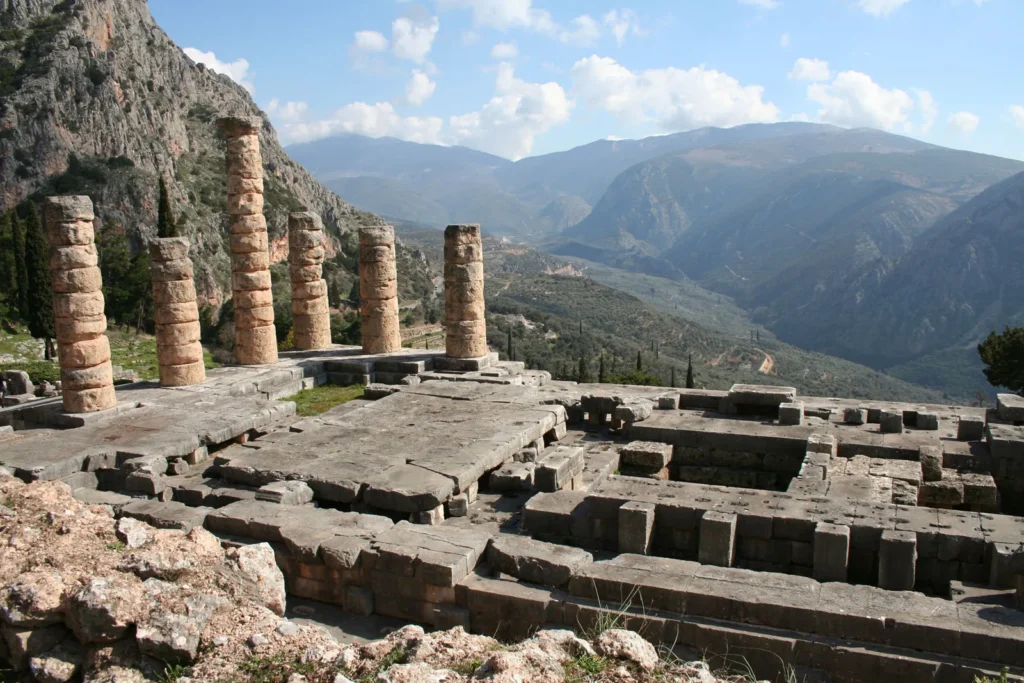
Once considered the center of the world, Delphi was home to the famous Oracle of Apollo. Pilgrims from all over Greece would seek guidance from the priestess Pythia. The Temple of Apollo and the Tholos of Delphi remain must-see landmarks of this ancient sanctuary.
Ancient Olympia
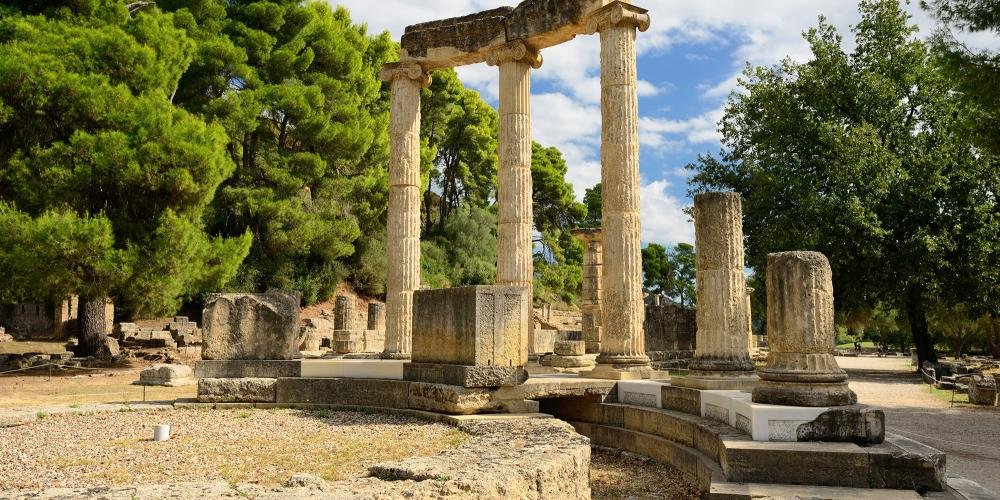
The birthplace of the Olympic Games, Olympia, is a site rich in athletic and religious history. The Temple of Zeus, once home to one of the Seven Wonders of the Ancient World, and the ancient stadium, where athletes competed for glory, transport visitors back in time.
Meteora: Monasteries in the Sky
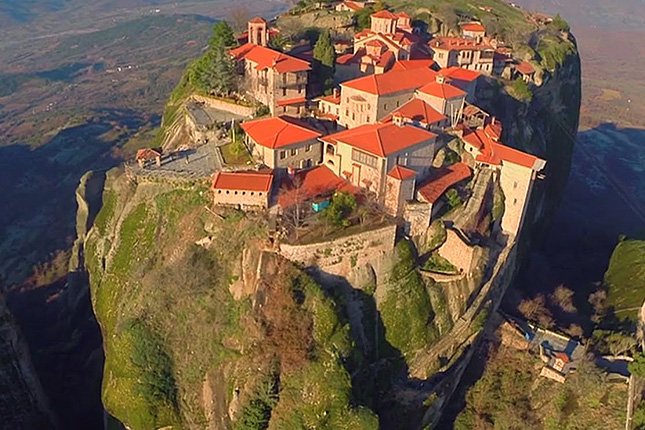
A breathtaking fusion of nature and history, Meteora’s monasteries perch atop towering rock formations. Built by monks seeking solitude, these structures offer a glimpse into the region’s spiritual past.
Knossos Palace, Crete
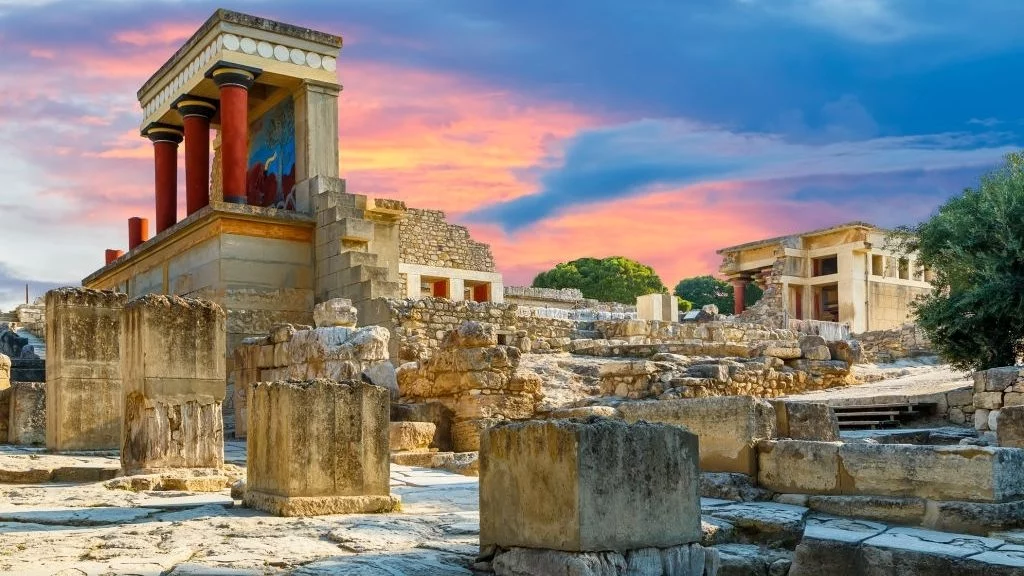
Step into the world of the Minoans at Knossos Palace. The labyrinthine ruins are linked to the legendary Minotaur myth and provide insight into Europe’s earliest advanced civilization.
Epidaurus: The Ancient Theater
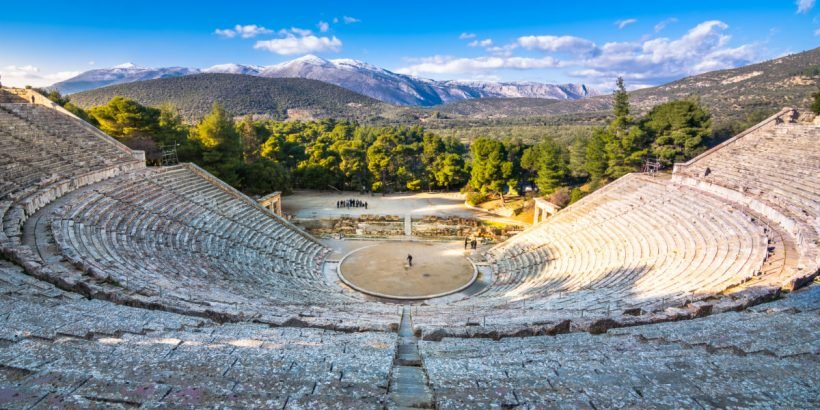
Famous for its extraordinary acoustics, the ancient theater of Epidaurus continues to host performances today. This marvel of Greek engineering remains one of the best-preserved theaters of antiquity.
Mycenae: The City of Agamemnon
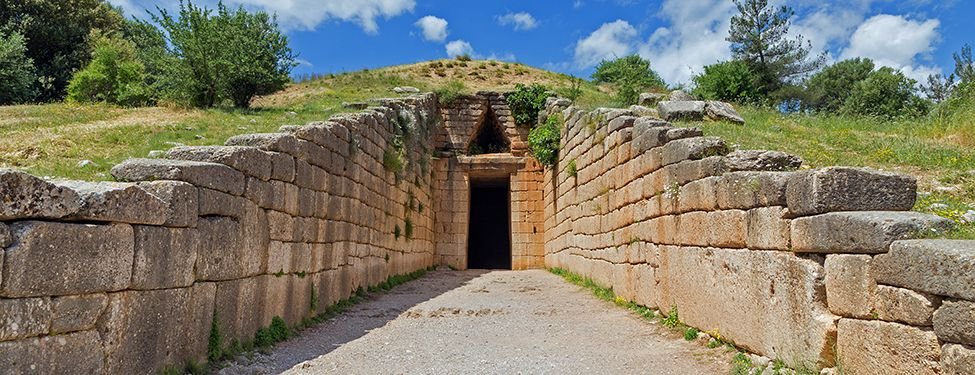
The legendary city of Mycenae, ruled by King Agamemnon, features iconic landmarks such as the Lion Gate and the Treasury of Atreus, shedding light on the Mycenaean civilization.
Rhodes: The Island of the Knights
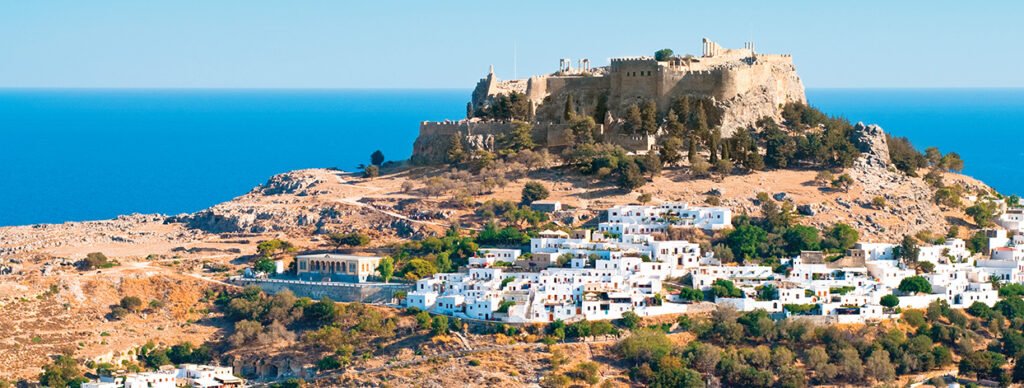
A mix of ancient and medieval history, Rhodes is home to the Palace of the Grand Master, a fortress built by the Knights of St. John during the Crusades.
Delos: The Birthplace of Apollo and Artemis

This uninhabited island near Mykonos was once a major religious and trade center. Visitors can explore its impressive ruins, including the Terrace of the Lions and ancient sanctuaries.
Conclusion
Greece is a living museum where ancient history meets modern life. Whether you’re standing before the towering columns of the Parthenon or wandering through the ruins of Mycenae, each site offers a glimpse into a bygone era. If history fascinates you, these places should be on your bucket list.

